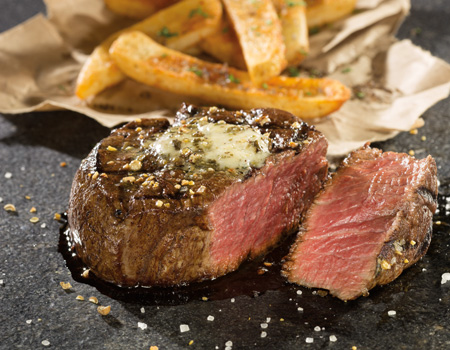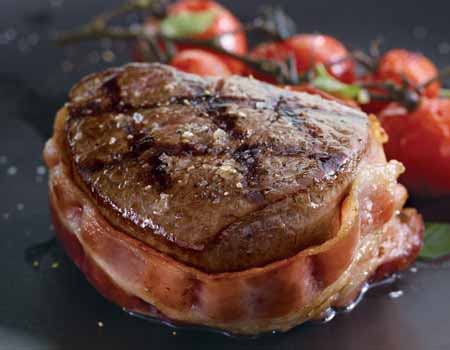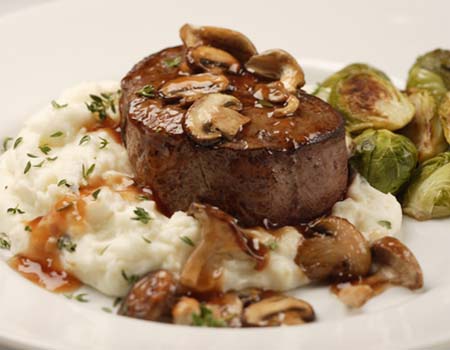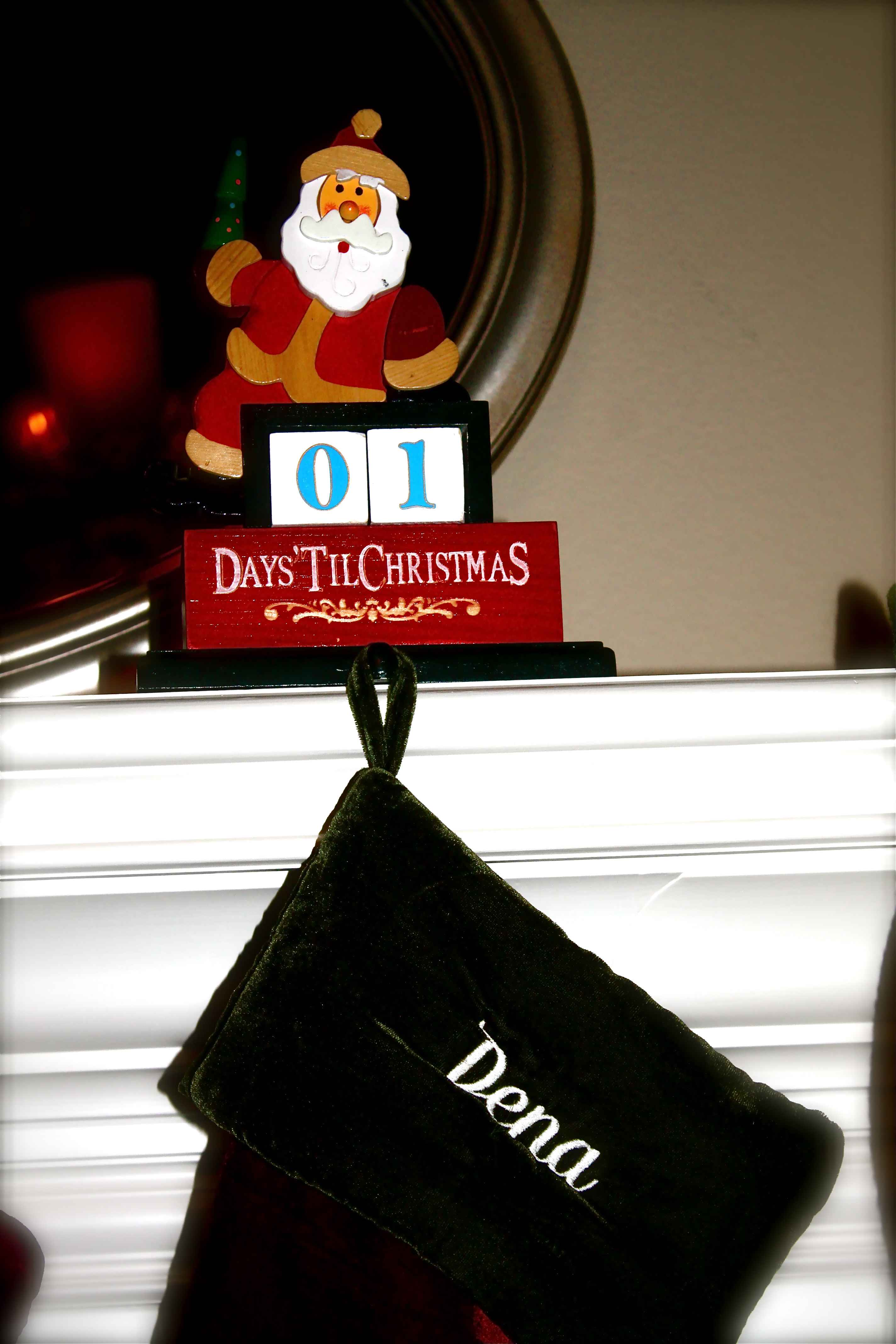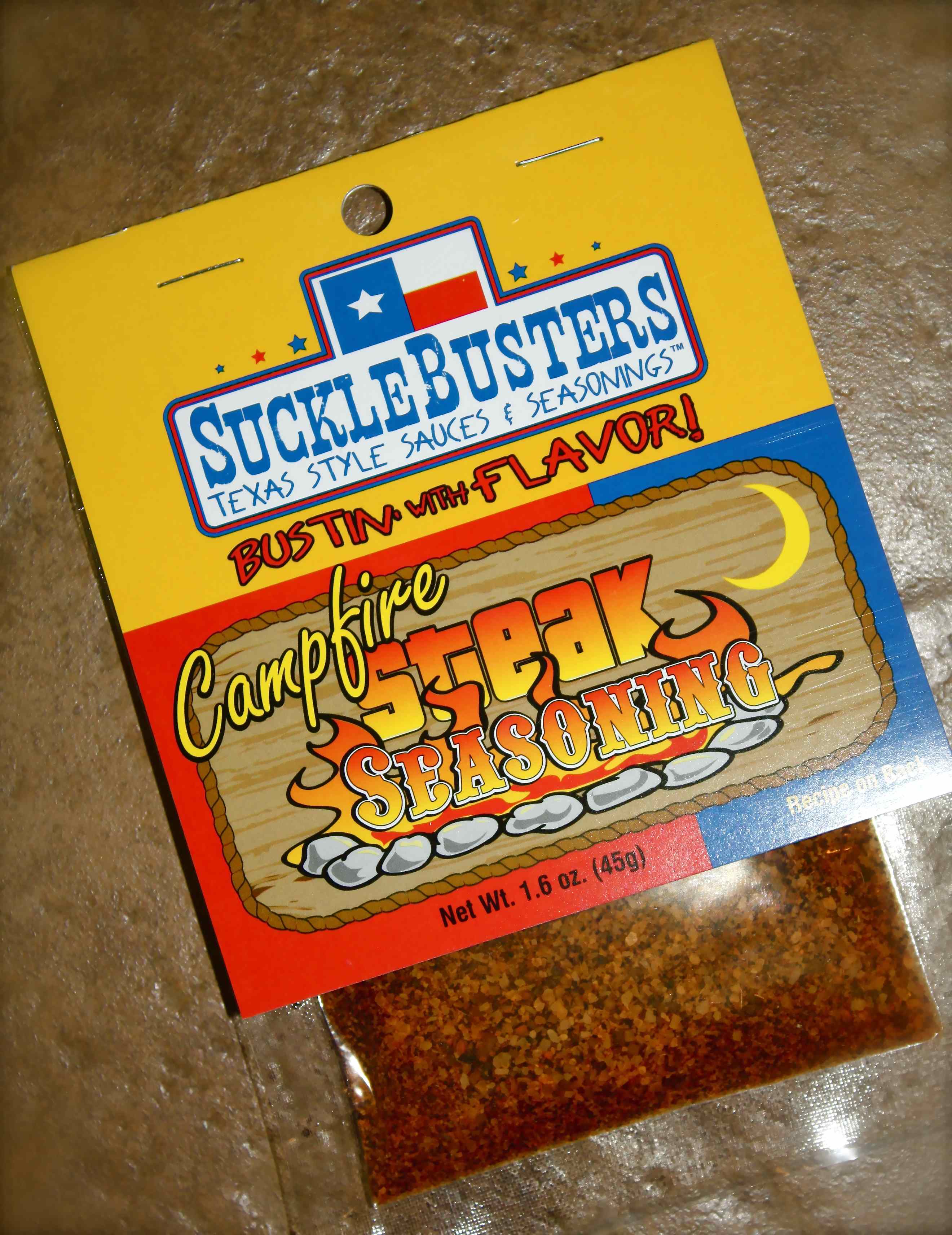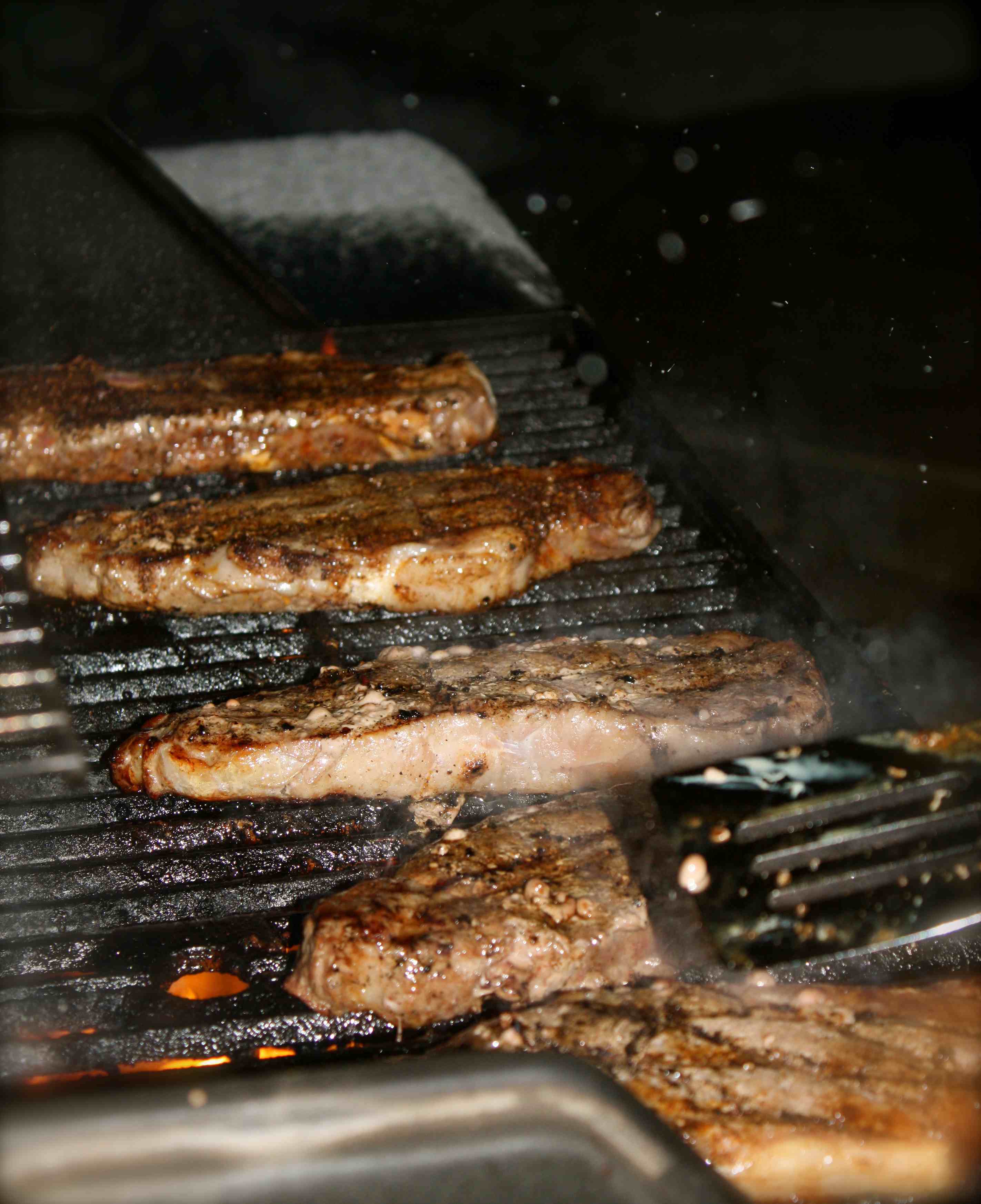Super Sister-in-Law and Amazing Chef Sandy is back with her wisdom on the subject of seasoning today.
I always learn so much from her. Whether it’s the steak itself or the sides to that yummy steak dinner: seasoning matters.
Class is in session . . .
Let’s face it; some meals are just better than others. Why do some meals just resonate with us? Sometimes it’s the company, or the setting. But when we get to the brass tacks of the food on our plate, what makes one meal better than another?
Usually it is because of the quality of ingredients, and perfect seasoning. The quality of the food we cook at home is dependent on using the best ingredients we can get our hands on. Use great cuts of meat, and the best seasonal vegetables you can find.
When it comes to seasoning properly, one of the best tips I can give you is to taste what you are cooking, often. I taste the water that I am going to cook pasta in. Water salted for cooking any kind of carbohydrate (pasta, potatoes, vegetable) should taste slightly salty. Not “Oh my god that’s salty” but just kind of a slight taste of the sea. Properly seasoning the water that you cook in before you add the starch will mean using a lot less total salt in your cooking. You may not have to add more salt after cooking and the food will taste like what it is – you want the potatoes to taste like potatoes, not salt and certainly not bland.
I taste raw asparagus before it goes on the grill. If you are making a risotto, taste the stock and correct it for seasoning before you add the rice. If you are making a pilaf, season the vegetables as you are sautéing them, then add perfectly seasoned stock. Before you serve, taste the food again. You may need to adjust the seasoning again.
For many vegetables and other starches, a little bit of acid (in the form of citrus juice – a squeeze of lemon juice, for example or a few drops of a great vinegar) added just before serving perks up the flavor in an indescribable way – it just makes the flavor fuller and brighter. If you need a little more salt flavor, you may want to consider adding a little grated parmesan cheese or a little soy sauce to give that boost. If you have added cheese to a dish, adding a few drops (really – less than a teaspoon) of balsamic vinegar will make the cheese taste cheesier.
When adding any kind of seasoning, add a little, taste and adjust. We all know that it is impossible to take out seasoning when you have added way too much. Pour salt onto the back of your hand or into a measuring spoon, not directly into a soup or stew from its container. If you accidently dump too much you may be able to salvage your meal by quickly scooping up what you dumped in. When you add vinegar or lemon juice, also add just a few drops at a time to enhance the flavor – no one wants their risotto to taste of balsamic vinegar.
If you have slightly over salted something like a stew or soup, one of my grandmother’s tricks was to add a few chunks of raw potatoes. Let them cook for 20-30 minutes, and then either scoop them out or leave them in if you desire. A few drops of acid will also help a slight over-salting. You may be able to add more unseasoned liquid to take some of the over saltiness out.
Acid-y Salt-y
Lemon, Lime Juice Salt
Wine Soy Sauce
Balsamic Vinegar Parmesan Cheese
Other Fine Vinegars Feta Cheese
Garlic
Garlic is one of the most popular seasonings used in this country, after salt and pepper of course. Of course, garlic is really a vegetable, from the onion family. You can buy garlic in many forms in this country – garlic salt, garlic powder, garlic in a tube, jar or from the freezer. And then of course there is a fresh bulb of garlic, which may be intimidating to some people. When you get familiar with the fresh form of garlic, and how easy it really is to use, you may be ready to clear all those other jars from your pantries!
First, a little terminology:
Head of Garlic/ Bulb of Garlic – this is the onion-sized whole product of garlic, which is covered by a pale, papery skin.
Clove of Garlic – each head of garlic has numerous papery-skinned cloves, usually upwards of 8-9. These are held together with a plate at the bottom, which will be discarded.
The pungent flavor of garlic is released when the cells inside the clove are broken. The more they are broken, the more pungent the flavor – a slice of garlic will be much less strong tasting than crushed fresh garlic.
Personally, I don’t like to bite into a chunk of garlic, so for most of my cooking purposes I use crushed garlic, although often just one or two small cloves. I take a whole, unpeeled clove of garlic and place it on my cutting board. Then I lay the flat side of my heavy chef’s knife over the clove, I use one hand to really pound the knife onto the garlic. This smashing will loosen the skin from the clove, making it easy to remove. I remove the skin, and then continue using the knife side to really crush the garlic. If I also need a little salt in the recipe, I often add kosher salt to the garlic on my board, because the kosher salt really abrades the garlic into a paste. Then scrape the board and the knife into my sauté pan, where I sauté the garlic just briefly over medium heat and continue with my recipe.
This salty garlic paste is also delicious added to a quantity of softened butter, for yummy garlic bread or to finish a delicious hot off the grill steak. I use one large clove of garlic, smashed, then crushed with about a teaspoon of kosher salt (2/3 garlic, 1/3 salt) and mix this with 4 tablespoons of softened butter, plus fresh parsley, chopped, if available.
A quick and easy way to make garlic bread without smashing the garlic to smithereens is to toast good quality rustic bread. When the toast is crunchy, simply slice a clove of garlic and rub the cut side of the clove on the toasted surface of the bread. Spread with butter or drizzle with a little olive oil, a sprinkle of salt and pepper and you have a delicious, authentic garlic toast to go with that juicy, tender steak!
